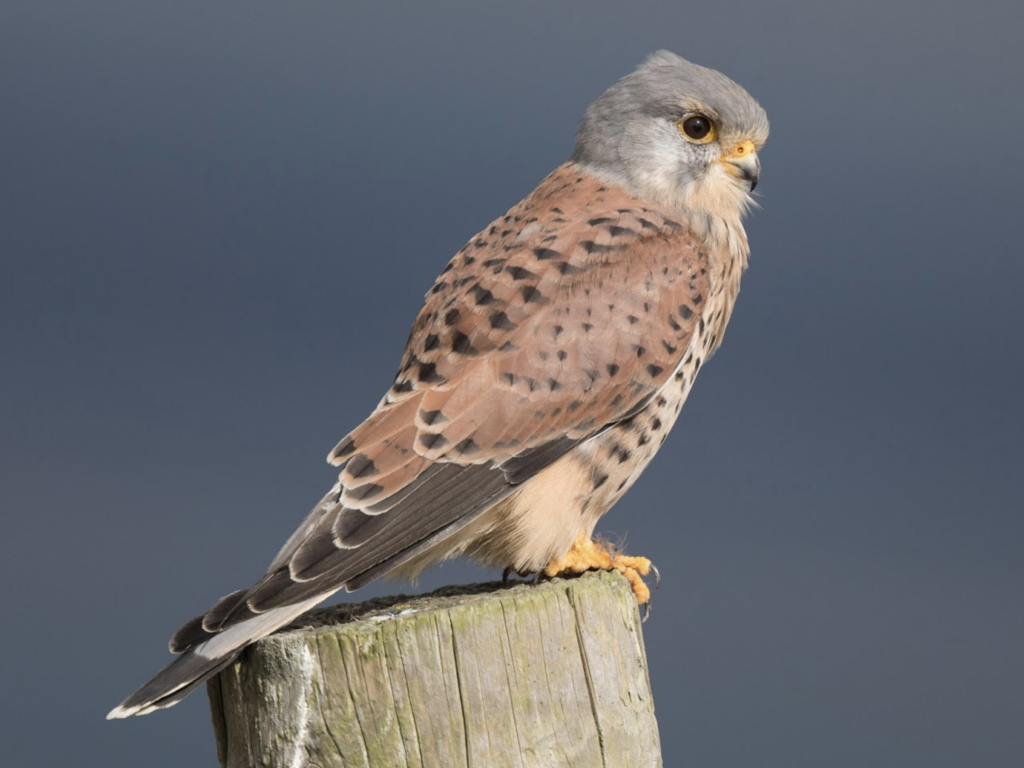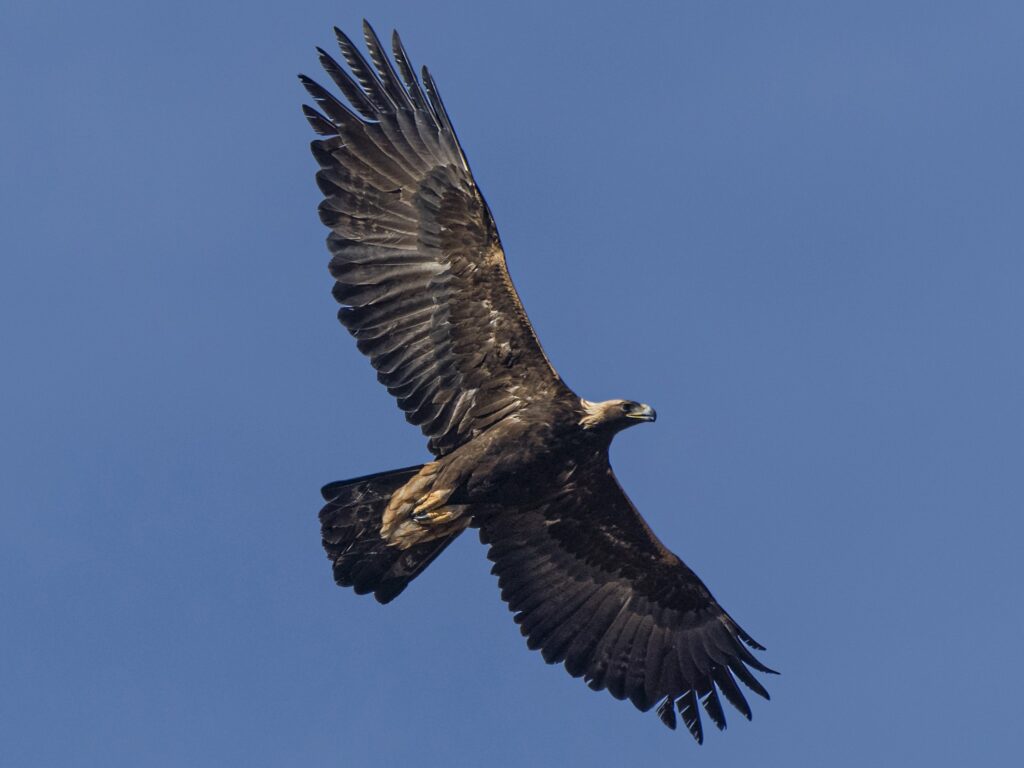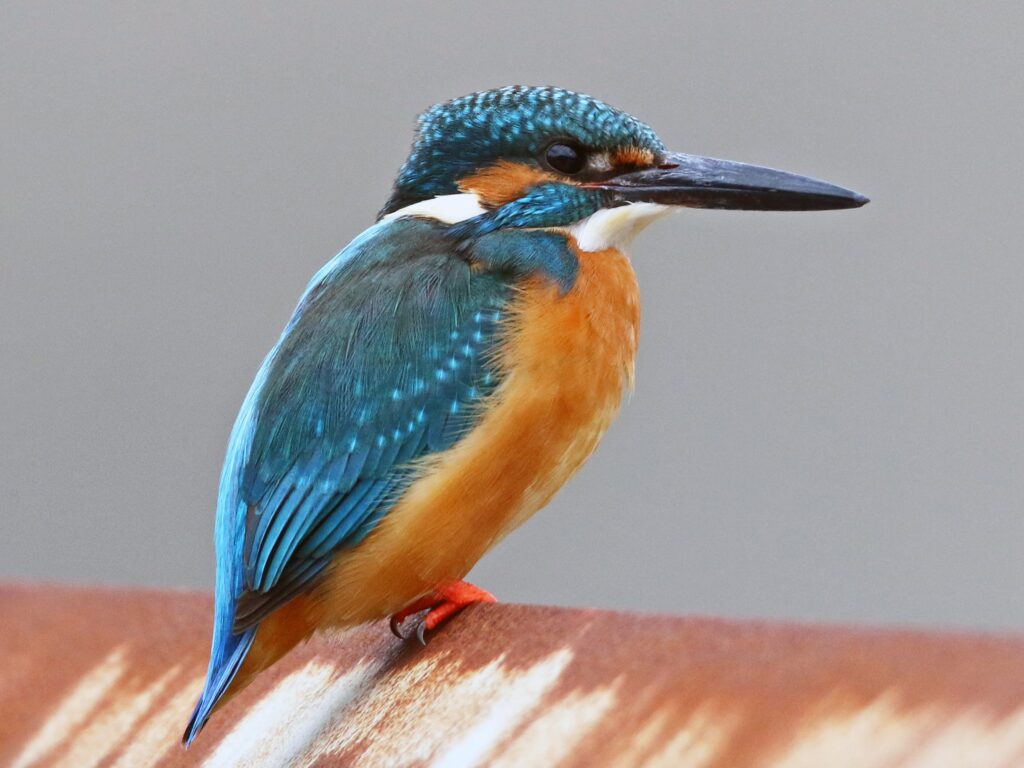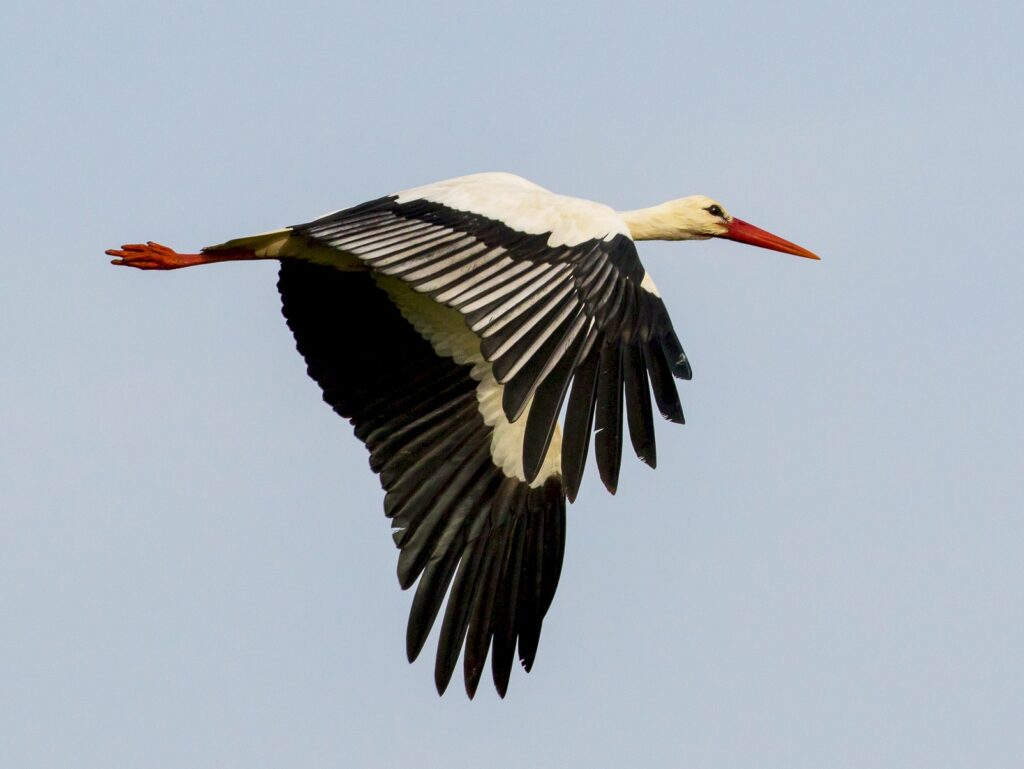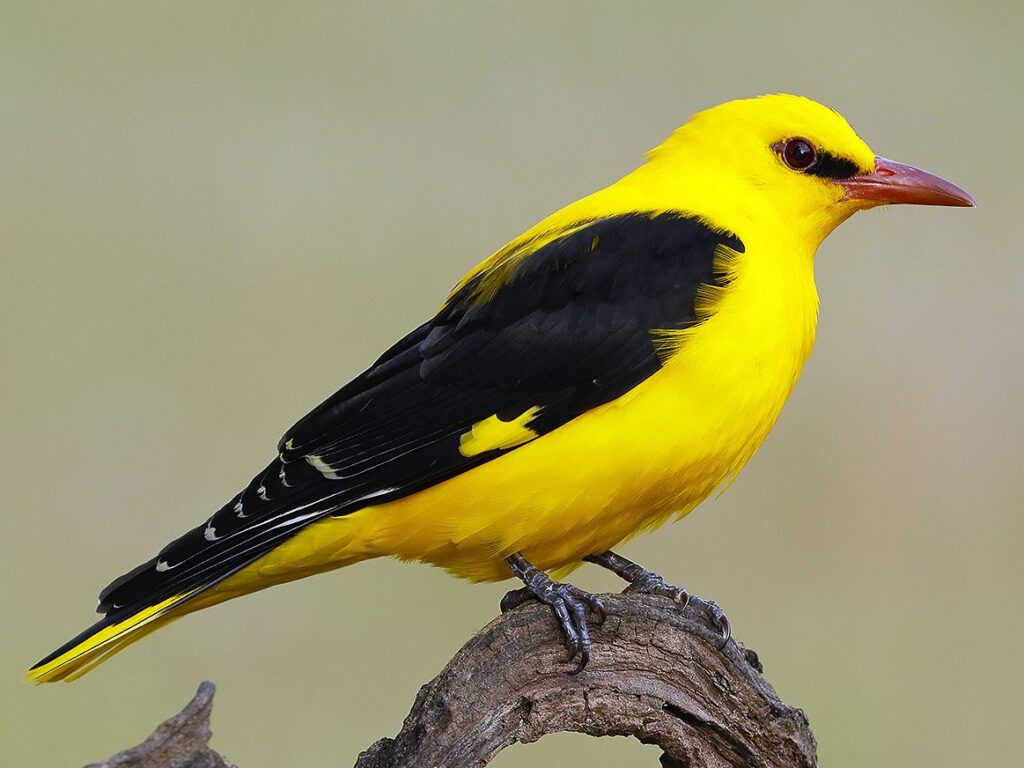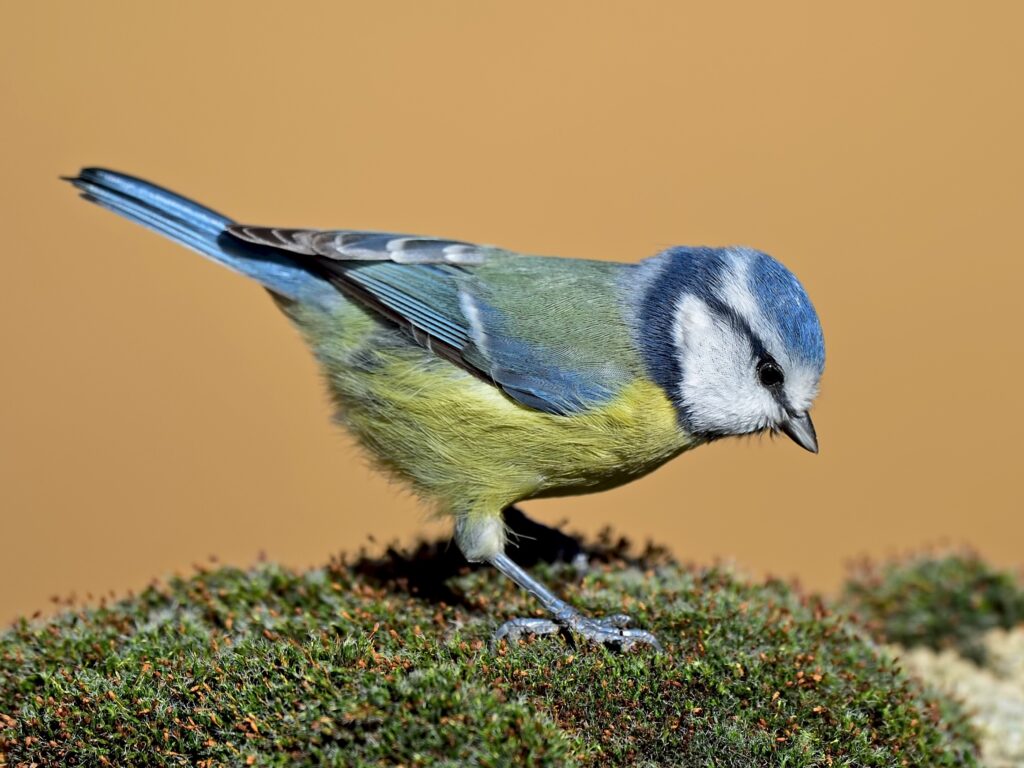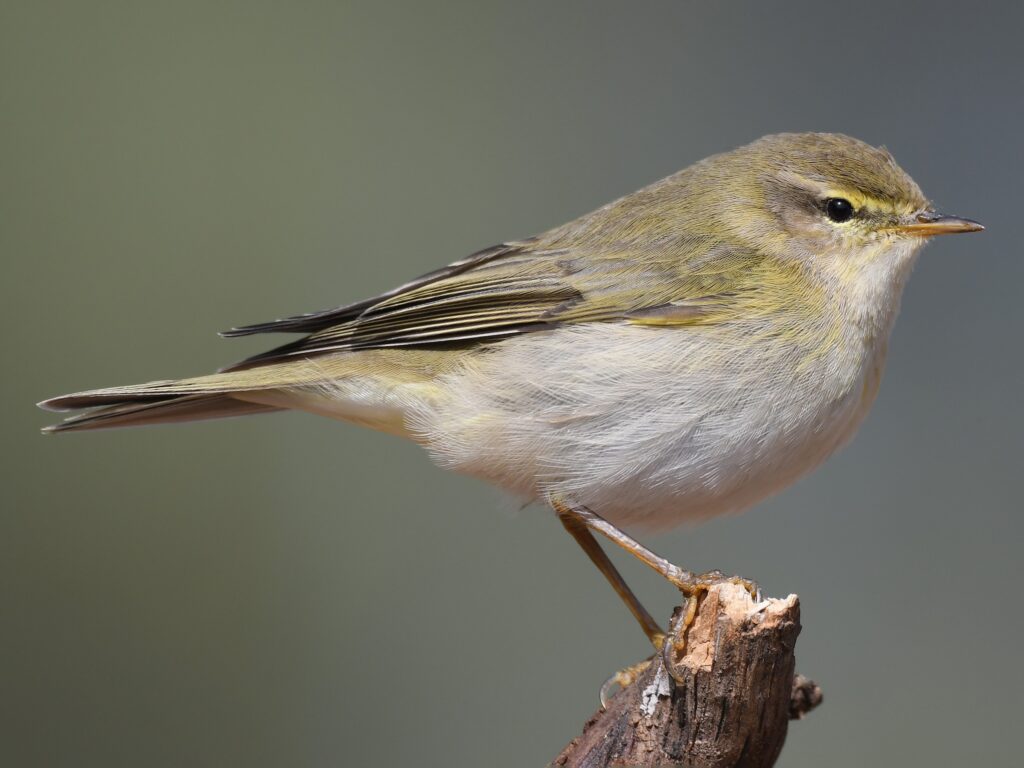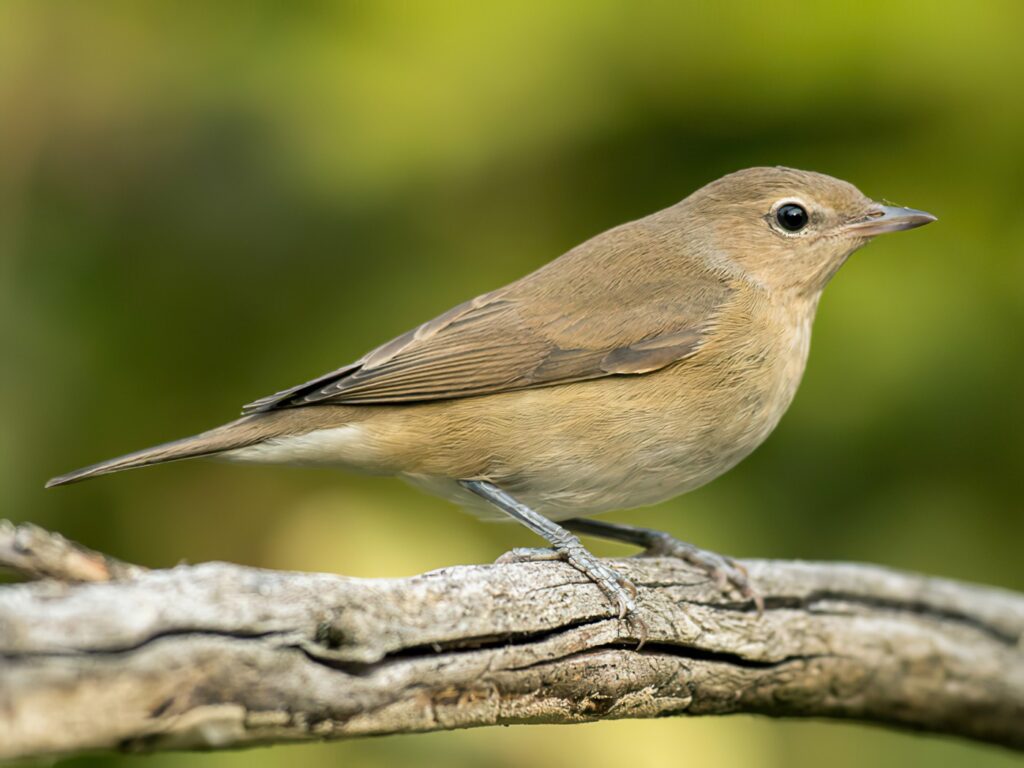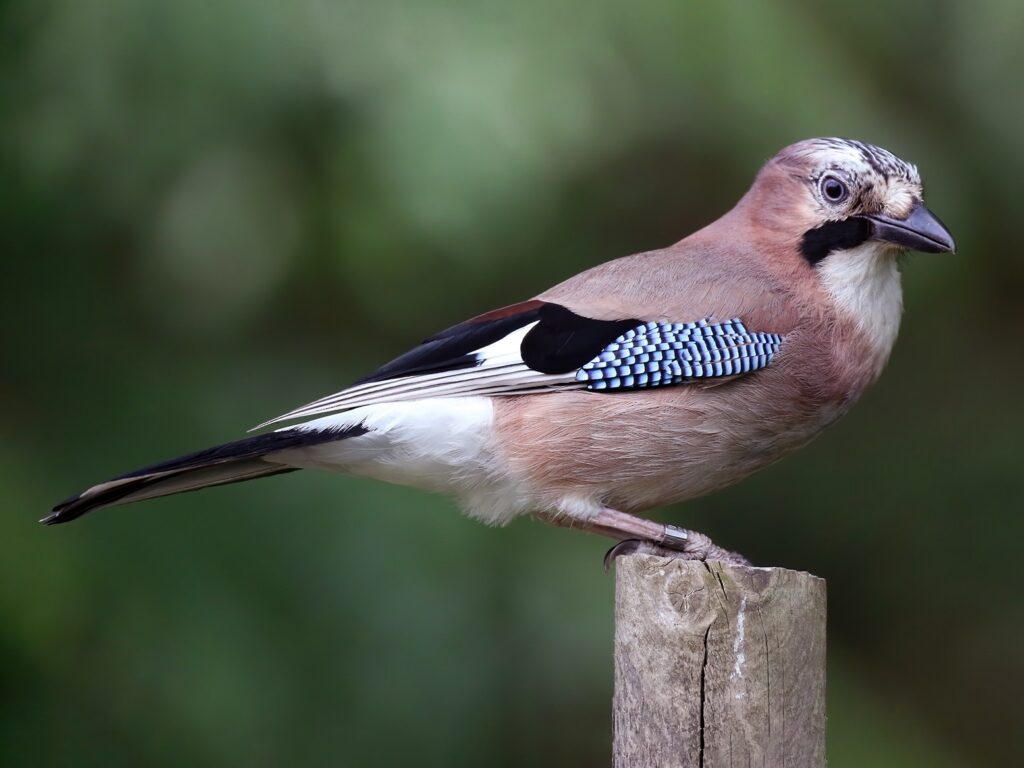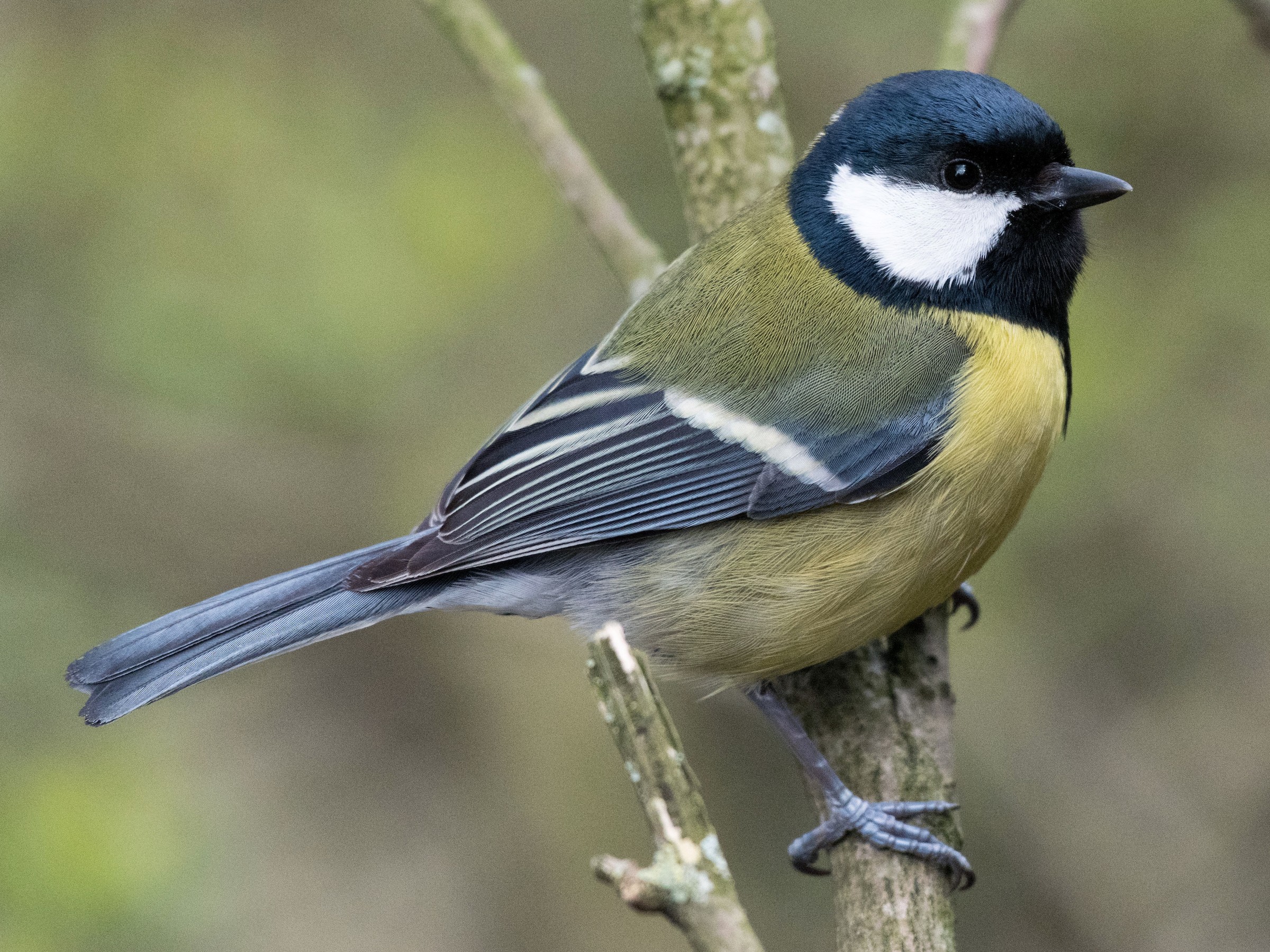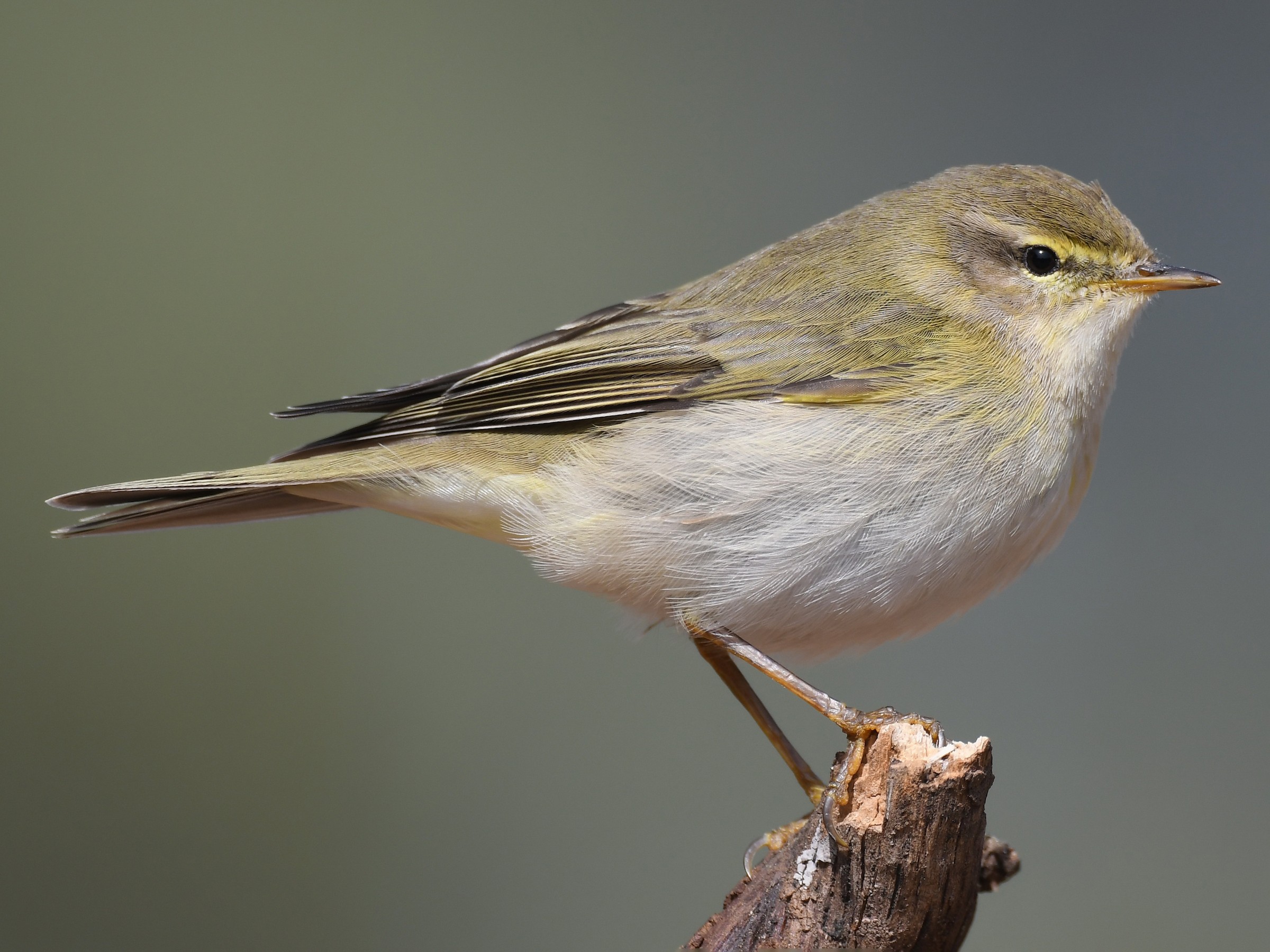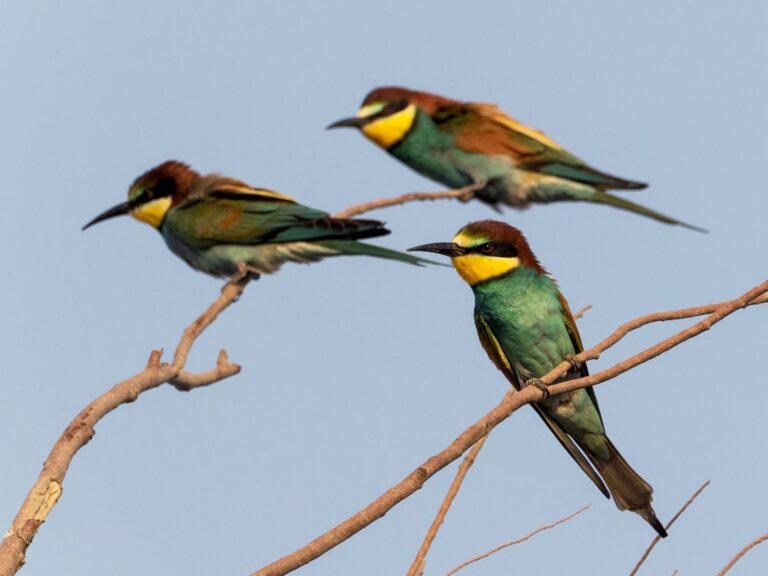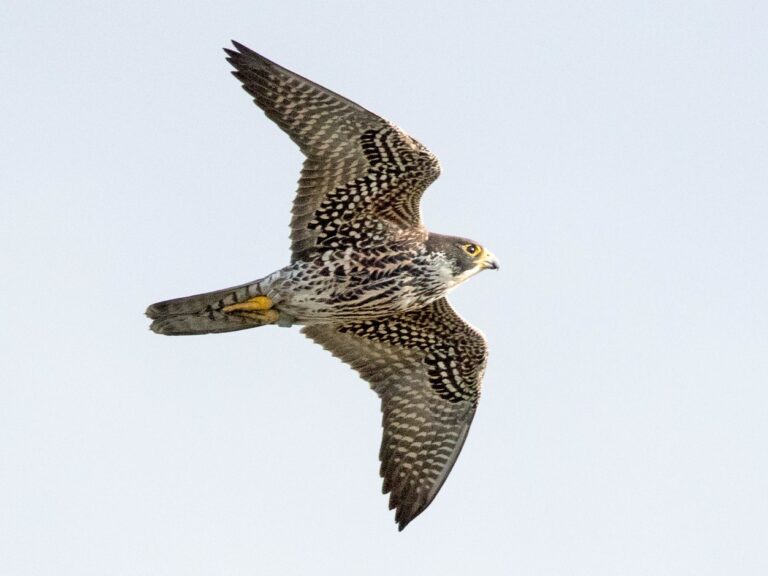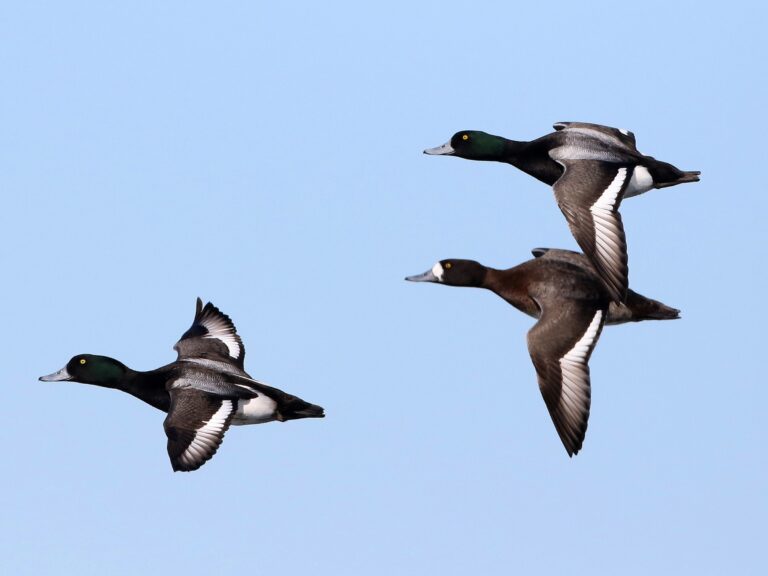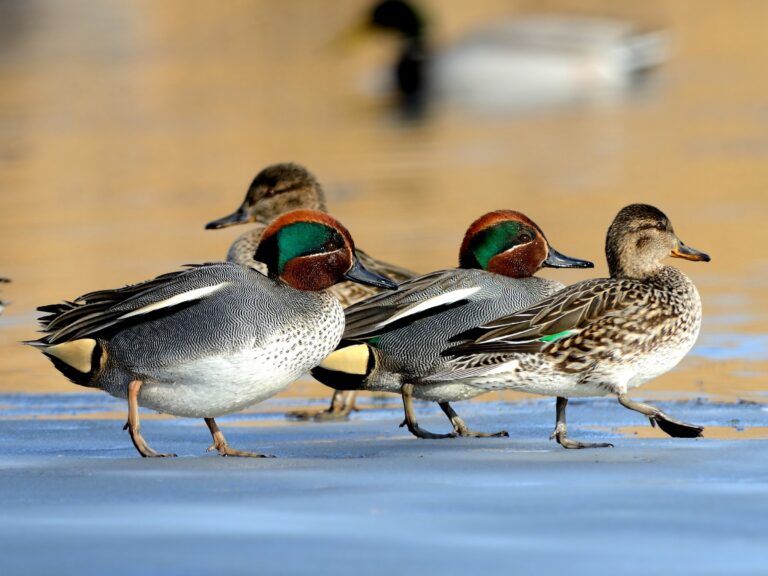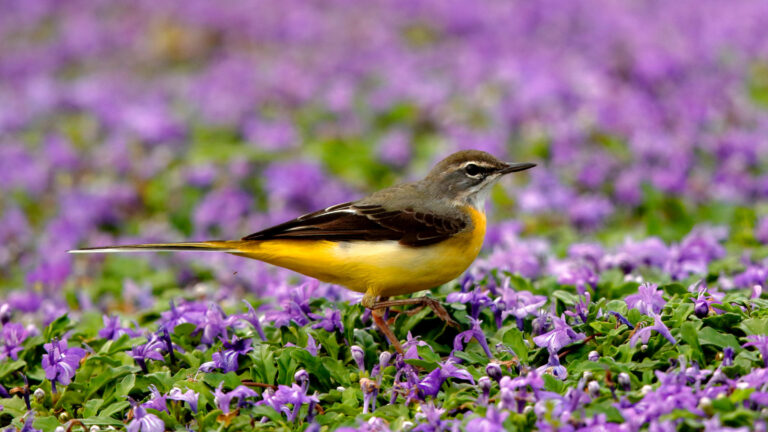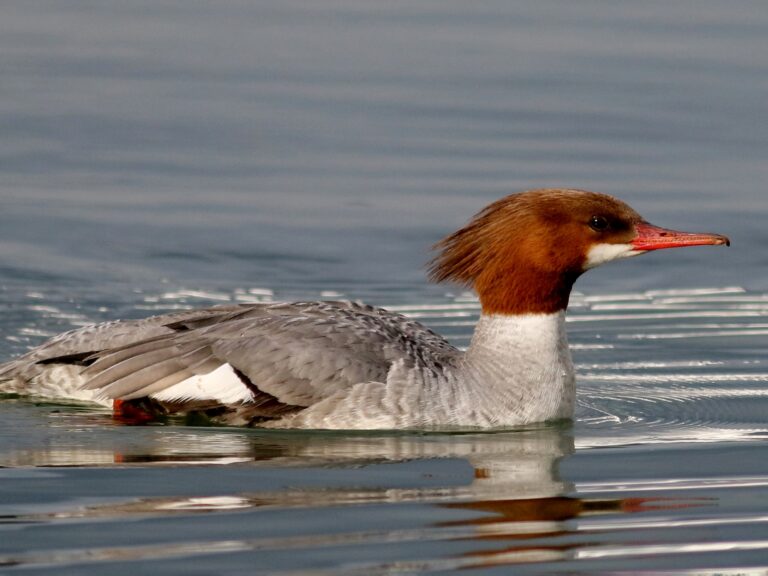Birds of Europe: A Sky Full of Wonders
Europe, a continent of ancient forests, dramatic coastlines, soaring mountain ranges, and sprawling wetlands, offers more than just historical landmarks and diverse cultures; it is a realm teeming with avian life.
An astonishing tally of over 950 bird species has been recorded across its varied expanse, making it a captivating destination for ornithologists and casual birdwatchers alike. This remarkable diversity is a testament to the continent’s rich tapestry of habitats, each nurturing its unique community of feathered inhabitants. From the chirping of a familiar robin in a city garden to the silent soar of an eagle over a remote mountain pass, the birds of Europe offer endless fascination.
The continent’s avifauna is deeply connected to the wider Palearctic realm, sharing many species with North Asia and North Africa. This biogeographical linkage explains the presence of numerous birds that are widespread across these regions, undertaking vast migrations that connect these landmasses.
Sign Up for Our Monthly Newsletter
Every month we send out our newsletter about interesting (and sometimes quirky) things happening in the world of birding. Give it a try!
However, Europe’s own distinct geographical features, from the sun-drenched Mediterranean islands to the icy expanses of the Arctic north, and from the rugged Atlantic coast to the Ural Mountains, have also sculpted unique avian assemblages. This interplay between shared heritage and local adaptation means that while some birds may seem familiar to those who have birded in other parts of the Palearctic, Europe also holds treasures entirely its own, including species found nowhere else on Earth.
Exploring this avian world offers a chance to connect with the wild heart of the continent, and regular visits to The Birding Collective can equip enthusiasts with resources and knowledge for their journey.
Why Europe Captivates Birdwatchers Worldwide
The allure of European birdwatching stems from a combination of factors that make it both accessible and deeply rewarding. Despite its rich diversity, Europe is a relatively compact continent, allowing enthusiasts to experience a wide array of habitats and their corresponding birdlife without needing to traverse intercontinental distances. Many regions boast excellent infrastructure for birders, including well-maintained nature reserves, strategically placed hides (blinds), and informative visitor centres.
Furthermore, the seasonal dynamics of Europe’s birdlife are a constant source of excitement. The twice-yearly phenomenon of migration sees millions of birds arrive and depart, transforming the avian landscape. Spring heralds the arrival of vibrant summer visitors, filling the air with song, while autumn brings the passage of birds heading to warmer climes, often offering chances to see rarer species.
Beyond these spectacles, the presence of iconic birds, from majestic eagles to charming songbirds, coupled with growing awareness and success in conservation efforts, draws birdwatchers from every corner of the globe, eager to witness Europe’s natural heritage.
Understanding Europe’s Diverse Bird Habitats
The sheer variety of bird species in Europe is intrinsically linked to its mosaic of habitats. Ancient woodlands, such as Poland’s Białowieża Forest, a remnant of the primeval forests that once covered much of the continent, provide sanctuary for specialized species like woodpeckers and owls.
Expansive wetlands, including the Danube Delta in Romania and Spain’s Doñana National Park, are critical breeding and staging grounds for vast congregations of waterbirds, from pelicans and herons to myriad ducks and waders. The Camargue in France, for instance, is renowned for its vibrant flocks of Greater Flamingoes and elegant Purple Herons thriving in its reedbeds and lagoons.
Coastal areas, with their cliffs, estuaries, and saltmarshes, support globally important populations of seabirds and shorebirds. Grasslands, though increasingly under pressure, are vital for species like larks and pipits, and dedicated projects like the LIFE IP GrassBirdHabitats focus on conserving these open environments along crucial migratory routes such as the East Atlantic Flyway.
Mountainous regions, including the Alps and Pyrenees, host a unique suite of alpine specialists adapted to harsh conditions. The legal framework underpinning the protection of many of these critical areas is the European Union’s Birds and Habitats Directives.
These directives aim to conserve valuable habitats and species across member states, often through the designation of Natura 2000 sites. However, the success of such broad policies hinges significantly on robust implementation at the national level and the capacity to address specific local threats, a continuous challenge that conservation bodies strive to meet.
Getting to Know Europe’s Feathered Residents
With such a wealth of habitats, Europe is home to a fascinating array of bird species, ranging from the common and familiar to the rare and spectacular.
Common Birds You Might Encounter
Even a casual stroll through a European park or garden can reveal a delightful variety of common birds, many of which have adapted well to living alongside humans.
The European Robin (Erithacus rubecula) is arguably one of the continent’s most beloved birds. Instantly recognizable by its bright orange-red breast and face, this small, plump bird is famed for its melodious, warbling song, often delivered from a prominent perch. Unusually, both males and females sing throughout the year, primarily to defend their territories.
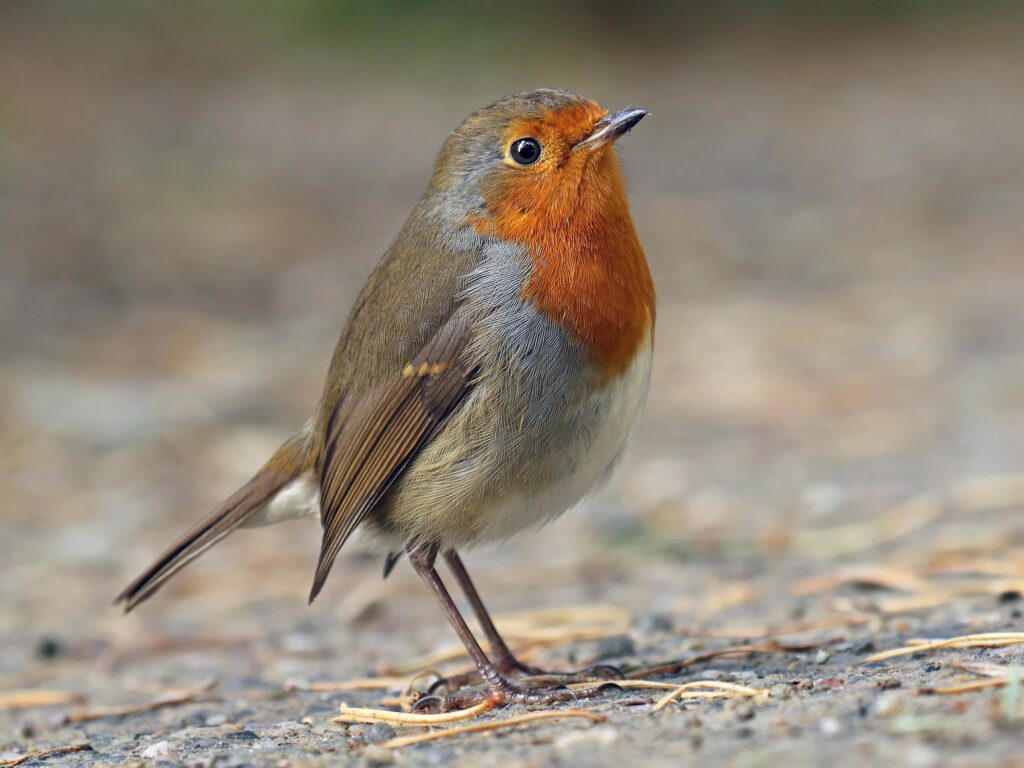
Robins are often surprisingly confiding, approaching gardeners in hopes of an easy meal of unearthed insects or worms. They are solitary creatures, fiercely territorial, yet often exhibit a curious and friendly demeanor towards humans. Their diet is primarily insectivorous during warmer months, supplemented with berries and seeds in autumn and winter. They inhabit woodlands, hedgerows, parks, and gardens, nesting in sheltered spots close to the ground.
Another familiar voice and sight is the Common Blackbird (Turdus merula). Males are glossy black with a bright orange-yellow bill and eye-ring, while females are typically dark brown with a more subdued bill. Their song is a rich, fluting melody, often described as somewhat melancholic, and is a quintessential sound of European spring and summer evenings.
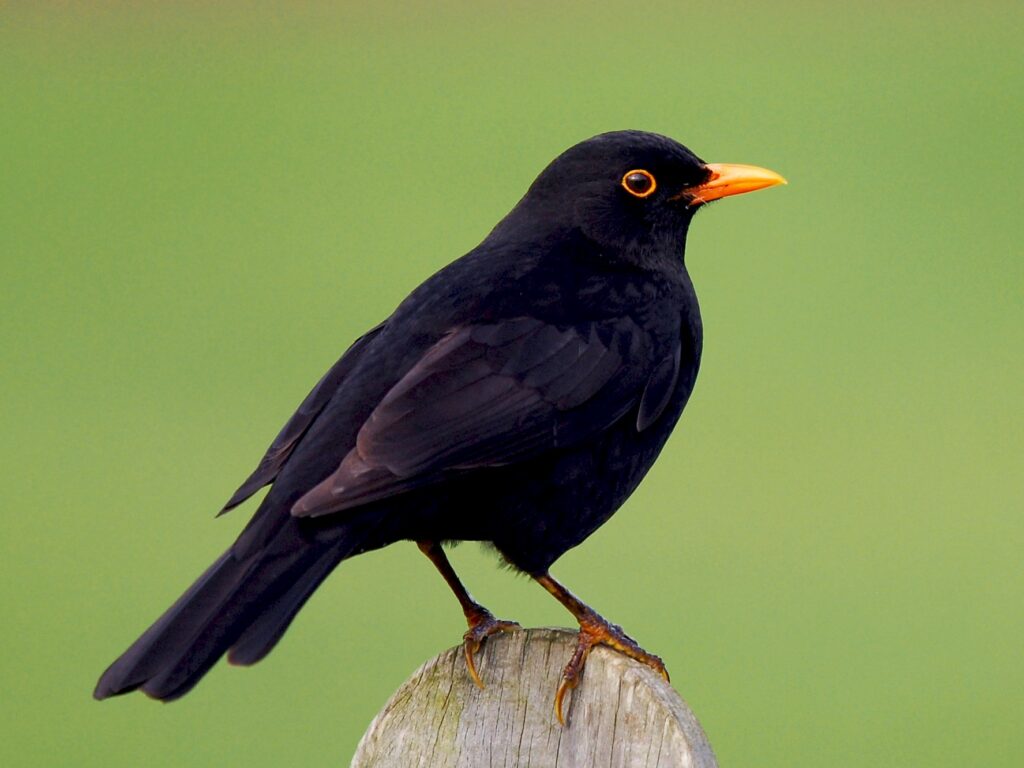
They also have a range of sharp alarm calls. Blackbirds are common in gardens, parks, woodlands, and even town centres, foraging on lawns for earthworms and insects, and readily taking fruit and berries.
The Great Tit (Parus major) is a bold and intelligent bird, easily identified by its black head and bib, white cheeks, and bright yellow underparts split by a black central stripe. It is a common visitor to bird feeders and a resident of woodlands, parks, and gardens across much of Europe. Its song is a surprisingly loud and varied series of two-note phrases, often described as sounding like “tea-cher, tea-cher.”

No list of common European birds would be complete without the House Sparrow (Passer domesticus). These sociable and adaptable birds are found in close association with human settlements, from bustling city centres to rural farmyards. While their populations have seen declines in some areas, they remain a familiar sight for many.
Finally, the Eurasian Blue Tit (Cyanistes caeruleus) adds a splash of vibrant colour to gardens and woodlands. Smaller than the Great Tit, it boasts a striking combination of blue, yellow, white, and green plumage, with a distinctive blue cap. These agile birds are often seen acrobatically hanging from bird feeders or exploring tree branches for insects and seeds.
Table 1: Quick ID Guide to 5 Common European Birds
| Common Name | Scientific Name | Key Identification Features | Typical Habitat | Common Call/Song Snippet | Link to Bird Collective Resource |
|---|---|---|---|---|---|
| European Robin | Erithacus rubecula | Bright orange-red breast and face, brown back, round body. | Woodlands, gardens, parks, hedges. | Melodious, warbling song. | <a href=”https://birdingcollective.com/tools/bird-id/” target=”_blank”>Bird ID Tool</a> |
| Common Blackbird | Turdus merula | Male: glossy black, yellow/orange bill & eye-ring. Female: dark brown, duller bill. | Gardens, parks, woodlands. | Rich, fluting, melancholic song. | <a href=”https://birdingcollective.com/tools/bird-id/” target=”_blank”>Bird ID Tool</a> |
| Great Tit | Parus major | Black head & bib, white cheeks, yellow belly with black stripe. | Woodlands, gardens, parks. | Loud “tea-cher, tea-cher” song. | <a href=”https://birdingcollective.com/tools/bird-id/” target=”_blank”>Bird ID Tool</a> |
| House Sparrow | Passer domesticus | Streaky brown back, grey crown (male), buffy underparts. Sociable. | Urban areas, farms, near humans. | Persistent chirping. | <a href=”https://birdingcollective.com/tools/bird-id/” target=”_blank”>Bird ID Tool</a> |
| Eurasian Blue Tit | Cyanistes caeruleus | Blue cap & wings, yellow underparts, white cheeks, greenish back. Small and agile. | Woodlands, gardens, parks. | High-pitched trills and calls. | <a href=”https://birdingcollective.com/tools/bird-id/” target=”_blank”>Bird ID Tool</a> |
Majestic Raptors and Iconic Species
Beyond the common garden birds, Europe is home to a host of impressive raptors and other iconic species that capture the imagination.
The White-tailed Eagle (Haliaeetus albicilla), also known as the Sea Eagle, is the UK’s largest bird of prey and a truly magnificent sight. Adults are characterized by their brown body plumage, a strikingly pale head and neck (which can become almost white in older individuals), and a distinctive white, wedge-shaped tail.

In flight, their massive broad wings, often described as “flying barn doors,” are held flat. These eagles primarily inhabit coastal areas and the shores of large lakes, preying on fish, other birds, mammals, and carrion. Once driven to extinction in the UK by illegal killing, the White-tailed Eagle has made a comeback thanks to dedicated reintroduction programs.
This recovery serves as a powerful reminder that even for apex predators facing severe declines, targeted and sustained conservation efforts, coupled with habitat protection and legal safeguards (it is a Schedule 1 protected species, making disturbance illegal), can yield remarkable success over the long term.
The Peregrine Falcon (Falco peregrinus) is renowned as the fastest animal on the planet, capable of breathtaking high-speed dives, or “stoops,” to catch its prey, primarily other birds, in mid-air. These formidable hunters are typically found nesting on cliffs but have increasingly adapted to urban environments, using tall buildings as artificial cliff ledges.
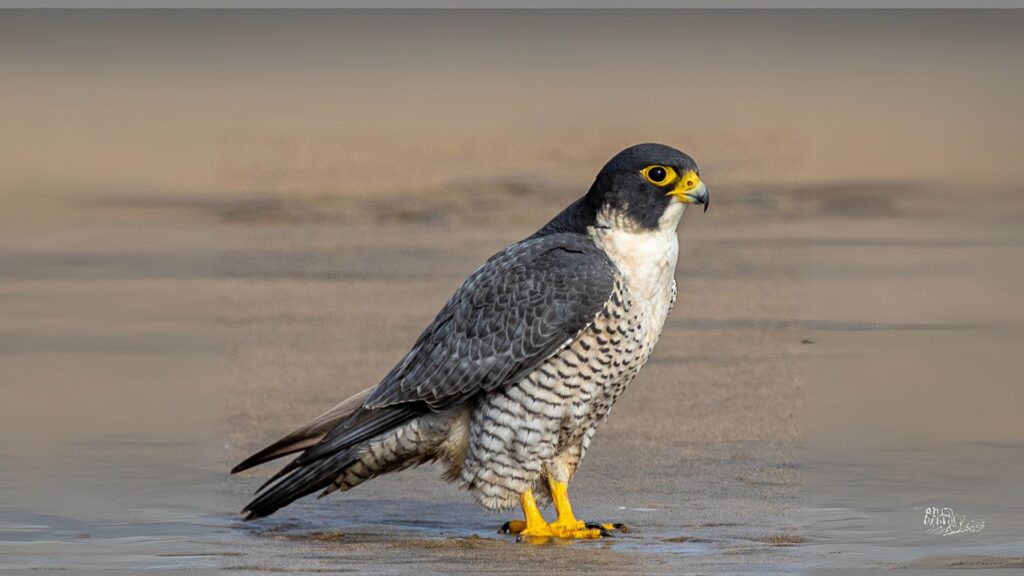
Another familiar raptor is the Common Kestrel (Falco tinnunculus), often seen hovering skillfully over grasslands and roadsides as it scans the ground for small mammals and insects. Its ability to hang motionless in the air is a distinctive hunting technique.
One of Europe’s most unmistakable and charismatic birds is the Eurasian Hoopoe (Upupa epops). With its striking sandy-pink plumage, bold black and white wing and tail markings, and a magnificent erectile crest that it fans when excited, the Hoopoe is a truly exotic-looking species.
Its name is derived from its distinctive, far-carrying “oop-oop-oop” call, often heard in the early mornings during spring. Hoopoes favor open country, farmlands, orchards, and woodland edges, where they probe the ground with their long, slender bills for insects and larvae.
They nest in cavities in trees, walls, or even old burrows, and their chicks have developed unique defense mechanisms, including the ability to squirt foul-smelling liquid at intruders and perform snake-like hissing displays. Enthusiasts looking for merchandise featuring such impressive birds might explore.
Sign Up for Our Monthly Newsletter
Every month we send out our newsletter about interesting (and sometimes quirky) things happening in the world of birding. Give it a try!
Europe’s Exclusive Avifauna: A Look at Endemic Species
While many European birds have widespread distributions, a select few are found nowhere else on Earth. These endemic species are jewels in Europe’s ornithological crown, often confined to specific islands or isolated mountain ranges.
What Makes a Bird Endemic to Europe?
Endemism in ornithology refers to species whose entire natural breeding range is restricted to a particular defined geographic area – in this case, the continent of Europe. Of the approximately 700 bird species that regularly occur in Europe, only a small fraction, around 10, are considered true endemics.
A few others are sometimes debated or could potentially be classified as endemic in the future due to taxonomic revisions or highly restricted ranges largely within Europe. This rarity makes encountering an endemic European bird a particularly special experience for any birdwatcher, highlighting the unique evolutionary pathways that have occurred within the continent.
Spotlight on Unique European Birds
The stories of Europe’s endemic birds are often intertwined with the unique geography and ecological conditions of their restricted ranges. The isolation of islands, the specific climate of certain mountain ranges, or the presence of unique forest types can lead to the evolution of species found nowhere else.
This concentration in often geographically or ecologically distinct areas underscores a critical point: the preservation of these specific, sometimes small, ecosystems is paramount for protecting global biodiversity. The loss of such habitats would not merely be a local tragedy but would mean the global extinction of these unique species, illustrating how principles of island biogeography can apply even within a continental landmass.
One such remarkable endemic is the Corsican Nuthatch (Sitta whiteheadi). As its name suggests, this small passerine bird is found exclusively on the Mediterranean island of Corsica. It inhabits mature stands of Corsican pine, typically at altitudes between 2,600 and 5,200 feet. Its survival is closely tied to these specific forests, and it is classified as Vulnerable, partly due to predation by the Great Spotted Woodpecker.

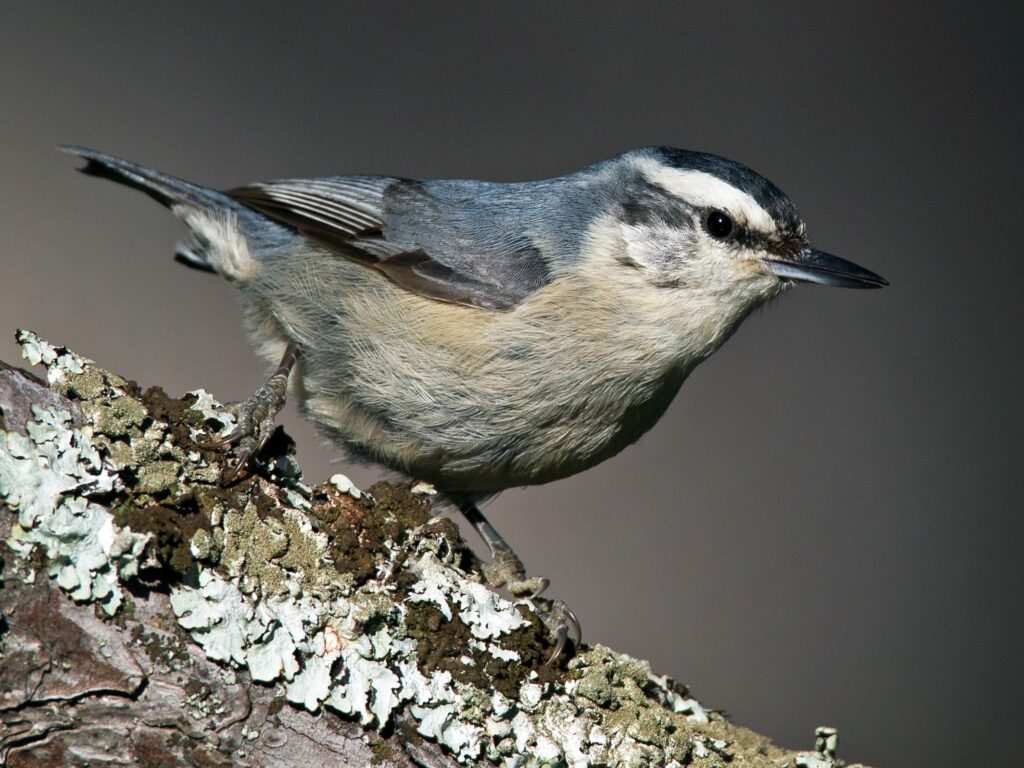
The Spanish Imperial Eagle (Aquila adalberti), also known as the Iberian Imperial Eagle, was once considered the world’s most endangered European bird of prey. Thanks to intensive conservation efforts, its status has improved from Critically Endangered to Vulnerable, a significant conservation success story. It is found predominantly in central and southwestern Spain, with a smaller population in Portugal, favoring Mediterranean forests, scrubland, and plains.
Great Britain boasts its own unique avian resident in the form of the Scottish Crossbill (Loxia scotica). This finch is found exclusively in the ancient Caledonian pine forests of the Scottish Highlands and is the UK’s only endemic bird species. Identifying it can be challenging due to its similarity to the Parrot Crossbill and Common (Red) Crossbill, but its distinct, harder, more metallic “jip” call can help distinguish it. Its specialized bill is perfectly adapted for extracting seeds from pine cones.
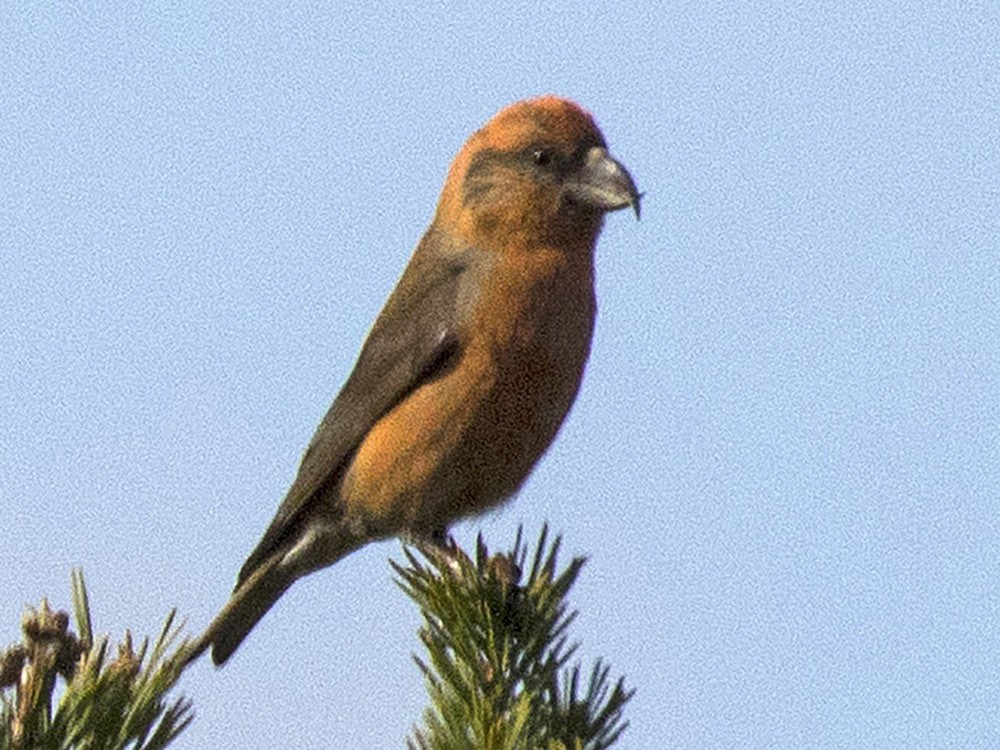
In the high-altitude coniferous forests and alpine meadows of Southern Europe, specifically in Northern Spain, Southern France, the Alps, Corsica, and Sardinia, lives the Alpine Citril Finch (Carduelis citrinella). This small, greenish-yellow songbird is closely related to the European Goldfinch and adds a splash of colour to its subalpine haunts.
The Great European Bird Migration: A Continental Spectacle
Twice a year, the skies above Europe become highways for billions of birds undertaking one of nature’s most awe-inspiring phenomena: migration. This mass movement transforms the avian landscape, bringing a dynamic ebb and flow of species across the continent.
Understanding the Rhythms of Migration Across Europe
The primary driver for bird migration is the seasonal availability of food and suitable breeding conditions. Many European birds leave their breeding grounds in autumn to escape the harsh, cold winters when insect food becomes scarce and daylight hours shorten.
They head south to warmer climes, returning in spring as conditions improve and food resources become abundant once more. The main departure period from Europe is typically between August and November, with the spring return occurring from February through May, depending on the species and the distance of their journey.
European migratory birds can be broadly categorized based on the distances they travel:
- Long-distance migrants: These are the marathon flyers, undertaking journeys of thousands of kilometers, often crossing the Mediterranean Sea and the Sahara Desert to reach wintering grounds in sub-Saharan Africa. Classic examples include Swifts, Barn Swallows, and Common Cuckoos. Swifts, for instance, are so adapted to aerial life that they can sleep on the wing and spend a significant portion of the year migrating.
- Short to medium-distance migrants: These species travel shorter distances, rarely more than 2000 kilometers, with many wintering in the Mediterranean basin, North Africa, or the milder regions of Western Europe. Starlings, which can form immense, mesmerising flocks, are well-known medium-distance migrants, as are many populations of Cranes and Blackcaps.
- Partial migrants: In some species, not all individuals migrate. For example, some populations of European Robins or Goldfinches may be resident in milder areas, while those breeding further north will migrate south for the winter. The migratory behavior of a single species can be complex; for instance, Robins that breed in Scandinavia may winter in the UK, while Robins that nest in the UK might move further south to France or Spain.
This intricate pattern of movement is not static. There is growing evidence that global warming is influencing these ancient rhythms, with some species, such as Blackcaps and Chiffchaffs, increasingly attempting to overwinter further north than they traditionally did. This adaptability highlights that bird migration in Europe is a highly complex and dynamic phenomenon.
It is shaped not only by deeply ingrained instincts and seasonal cues but is also increasingly molded by human-induced factors like climate change and alterations to critical habitats along their migratory flyways.
The arduous nature of these journeys means that conservation efforts cannot be limited to breeding or wintering grounds alone; they necessitate international cooperation to safeguard entire flyways and the crucial stopover sites birds depend on.
Key Flyways and Seasonal Movements
Birds don’t migrate haphazardly; they tend to follow established routes known as flyways, which offer favourable geography and reliable stopover sites for rest and refueling. One of the major avian highways affecting Europe is the East Atlantic Flyway, which stretches from Arctic breeding grounds in Greenland, Iceland, Siberia, and northern Europe, down the western coasts of Europe and Africa, to wintering areas in southern Africa.
Certain locations act as critical bottlenecks or major staging posts where vast numbers of migrants concentrate. The Strait of Gibraltar, for example, is a world-renowned site for observing the passage of raptors, as they use the shortest sea crossing between Europe and Africa.
The Danube Delta is another vital stopover and breeding area for huge concentrations of waterbirds. Different groups of birds employ varied strategies; waterfowl often follow coastlines and river valleys, while many passerines (songbirds) make broad-front migrations, often travelling at night.
Notable Migratory Species and Their Journeys
The diversity of migratory strategies is reflected in the individual journeys of many remarkable species.
The European Bee-eater (Merops apiaster) is a stunningly colourful bird that undertakes its migrations by day, often in flocks. Breeding across southern and central Europe, these birds winter in tropical Africa. As their name suggests, they are expert aerial hunters of flying insects, particularly bees and wasps, which they catch on the wing with remarkable agility. They have specific behaviors for dealing with stinging prey, often rubbing the insect against a perch to remove the sting before consumption.
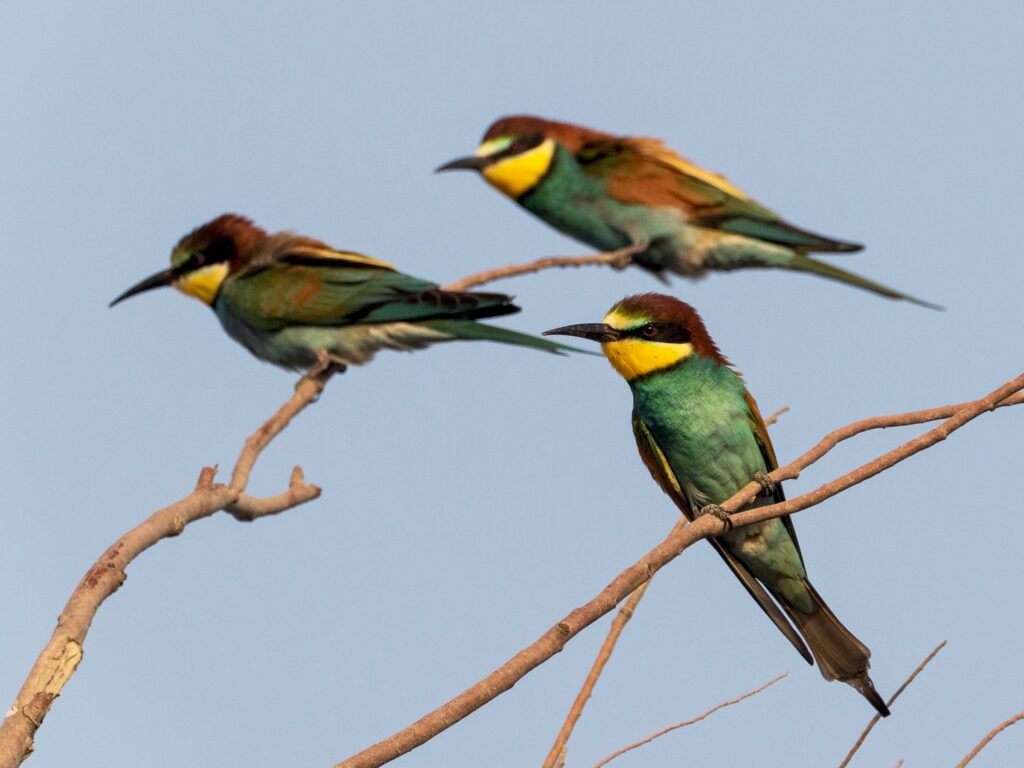
The Common Crane (Grus grus) is a large, elegant bird whose bugling calls and V-formation flocks are an evocative signal of seasonal change. They migrate from their breeding grounds in northern Europe to wintering areas in southern Europe (like Spain and France) and North Africa. The successful re-establishment of breeding Crane populations in the UK after an absence of 400 years is a notable conservation achievement.
A classic long-distance champion is the Barn Swallow (Hirundo rustica). These agile aerial insectivores, with their deeply forked tails and glossy blue-black upperparts, breed across Europe and undertake an immense journey to winter south of the Sahara in Africa.

While an extreme example, the Arctic Tern (Sterna paradisaea) undertakes one ofthe longest migrations known in the animal kingdom, travelling from its Arctic and sub-Arctic breeding grounds (which include parts of northern Europe) to the Antarctic and back each year, experiencing two summers.
Premier Birdwatching Destinations Across Europe
Europe offers a wealth of outstanding birdwatching locations, each with its unique charm and avian specialties. From dramatic seabird cliffs to ancient forests and expansive wetlands, there’s a destination to satisfy every birder’s passion.
Many of these premier sites are areas where significant natural habitats have been meticulously preserved or successfully restored, underscoring the direct and vital link between habitat quality, biodiversity, and the potential for enriching ecotourism.
Investing in the conservation of these natural treasures not only safeguards wildlife but also can create sustainable economic opportunities, providing a powerful incentive for their continued protection.
Coastal Havens and Seabird Colonies
Europe’s extensive and varied coastline provides critical habitats for millions of seabirds and waders.
- The Camargue, France: Situated in the Rhône River delta in southern France, this vast wetland complex is one of Europe’s most important areas for waterbirds. It’s famed for its large flocks of Greater Flamingoes, but also hosts breeding populations of Purple Herons, Bee-eaters, Rollers, and numerous waders and wildfowl.
- Lesbos, Greece: This Aegean island, closer to Turkey than to mainland Greece, is a legendary birding hotspot, especially during spring migration. Almost anything can turn up, from crakes in roadside puddles to flocks of pelicans. It’s also a key site for specialties like the rare Krüper’s Nuthatch and Cinereous Bunting.
- UK Coasts: The British Isles offer numerous spectacular coastal birding sites. North Yorkshire, for example, provides opportunities to see species like the Purple Sandpiper. The successful eradication of rats on Lundy Island in the Bristol Channel has led to a remarkable resurgence in seabird populations, including Manx Shearwaters, Puffins, and Storm Petrels.
- Loophead, Ireland: The dramatic cliffs of Loophead Peninsula in County Clare are an excellent place to watch breeding colonies of Guillemots and Kittiwakes. It’s also a good vantage point for observing seabirds migrating from Iceland.
Woodland and Forest Birding Hotspots
Europe’s forests, from ancient primeval woodlands to managed coniferous stands, are home to a distinct suite of bird species.
- Białowieża Forest, Poland/Belarus: This is the largest remaining tract of relatively intact lowland mixed forest in Central Europe, offering a truly primeval birding experience. It’s a stronghold for various woodpecker species (including the rare Three-toed and White-backed Woodpeckers), owls, and elusive forest dwellers like the Hazel Grouse. The EU also recognizes its significance as a natural heritage site.
- Svartådalen, Sweden: Known as the “Black River Valley,” this area near Stockholm is renowned for its owls. It’s a reliable location for spotting the magnificent Great Grey Owl, and with luck, species like Ural, Tengmalm’s (Boreal), and Pygmy Owls can also be found, along with several woodpecker species.
- Oulu, Finland: Situated at the edge of the vast taiga forest belt, Oulu is often dubbed the “owl capital of Europe.” Expert local guides can help find breeding Great Grey, Ural, Hawk, Tengmalm’s, and Pygmy Owls, alongside other northern forest specialists like Black Grouse and Parrot Crossbill.
Wetland Wonders and Their Avian Inhabitants
Wetlands are among Europe’s most productive habitats, supporting huge concentrations of birds.
- Danube Delta, Romania: This vast delta, where the Danube River flows into the Black Sea, is unparalleled in Europe for its sheer numbers of breeding birds. It hosts enormous colonies of Dalmatian and Great White Pelicans, Pygmy Cormorants, various herons, egrets, ibises, and terns, creating an atmosphere reminiscent of a large African wetland.
- Extremadura, Spain: This inland region of western Spain offers some of the best grassland and steppe birding in Europe. It’s a key area for seeing impressive species like Great Bustard and Little Bustard, Black-bellied and Pin-tailed Sandgrouse, and a variety of raptors, including the Spanish Imperial Eagle in Monfragüe National Park.
- Lake Mývatn, Iceland: Located in north-central Iceland, Lake Mývatn is globally significant for its breeding duck populations, with up to 15 species recorded. It’s particularly famous for being one of the few European breeding sites for Barrow’s Goldeneye and Harlequin Duck. Other notable species include Red-necked Phalarope and Slavonian Grebe.
- Pripyat River, Belarus: Often referred to as “Europe’s Amazon,” the floodplain forests and marshes of the Pripyat River support exceptional biodiversity. It’s a key site for the elusive Azure Tit (outside Russia), a full range of European woodpeckers, most owls, and threatened species like the Aquatic Warbler and Greater Spotted Eagle.
- Nin, Croatia: The coastal lagoons and saltpans near Nin in the Zadar region provide important habitat for waders and waterbirds, including Little Egret, Kentish Plover, and the elegant Black-winged Stilt.
Alpine and Mountain Birding Adventures
Europe’s mountain ranges offer dramatic scenery and specialized birdlife.
- Sierra de Guara, Spain: Situated in the foothills of the Central Pyrenees, this sparsely populated area of limestone crags, deep gorges, and oak scrub is a haven for raptors like the magnificent Lammergeier (Bearded Vulture), as well as Griffon and Egyptian Vultures. Other species include Blue Rock Thrush, Rock Sparrow, and, in winter, it becomes a hotspot for the elusive Wallcreeper.
- The Alps and Pyrenees: Generally, these major mountain ranges are home to alpine specialists such as the Alpine Chough, with its glossy black plumage and yellow bill, the Alpine Accentor, and the Rock Ptarmigan.
Table 2: Top European Birding Hotspots by Habitat
| Hotspot Name | Country | Primary Habitat Type(s) | Key Species to Spot | Best Time to Visit (General) | External Resource Example |
|---|---|---|---|---|---|
| The Camargue | France | Wetlands, lagoons, saltmarsh | Greater Flamingo, Purple Heron, Bee-eater, waders | Spring, Autumn, Winter | <a href=”https://www.parc-camargue.fr/en” target=”_blank”>Camargue Regional Park</a> |
| Białowieża Forest | Poland/Belarus | Primeval lowland mixed forest | Woodpeckers (Three-toed, White-backed), owls, Hazel Grouse, flycatchers | Spring, early Summer | <a href=”https://bpn.com.pl/index.php?lang=en” target=”_blank”>Białowieża National Park</a> |
| Danube Delta | Romania | Wetlands, reedbeds, channels | Pelicans (Dalmatian, Great White), Pygmy Cormorant, herons, egrets, terns | Spring, Summer | <a href=”https://www.ddbra.ro/en/” target=”_blank”>Danube Delta Biosphere Reserve</a> |
| Extremadura | Spain | Steppe, grassland, dehesa | Great & Little Bustards, Sandgrouse, Spanish Imperial Eagle, vultures, Roller | Spring | <a href=”https://www.turismoextremadura.com/en/descubre/Birding-in-Extremadura/” target=”_blank”>Birding in Extremadura</a> |
| Lake Mývatn | Iceland | Lake, river, geothermal areas | Ducks (Barrow’s Goldeneye, Harlequin), Red-necked Phalarope, Slavonian Grebe | Late Spring, Summer | <a href=”https://www.visiticeland.com/destinations/north-iceland/myvatn” target=”_blank”>Visit Mývatn</a> |
| Sierra de Guara | Spain | Mountains, cliffs, scrub | Lammergeier, Griffon Vulture, Egyptian Vulture, Wallcreeper (winter), Blue Rock Thrush | Spring, Autumn, Winter | <a href=”https://www.turismosierradeguara.com/en/” target=”_blank”>Sierra de Guara Tourism</a> |
Conserving Europe’s Avian Heritage: Challenges and Successes
The rich birdlife of Europe faces a multitude of threats, but dedicated conservation efforts across the continent are striving to protect species and their habitats, yielding inspiring successes and offering hope for the future.
Threats Facing European Bird Populations
Despite conservation measures, many European bird populations are under pressure from a range of human-induced factors.
- Habitat Loss and Degradation: This remains one of the most significant threats. The expansion of intensive agriculture, urbanization, infrastructure development, and certain forestry practices lead to the destruction, fragmentation, and degradation of vital bird habitats. Grassland birds, for example, have suffered significant declines due to changes in farming methods.
- Climate Change: The warming climate is already having observable impacts, altering migration patterns, shifting breeding seasons, affecting food availability, and rendering some traditional habitats unsuitable.
- Pollution: The use of pesticides in agriculture can reduce insect prey and directly poison birds. Lead poisoning from spent hunting ammunition and fishing weights is also a serious concern for waterfowl and raptors.
- Intensive Agriculture: Beyond direct habitat loss, modern intensive farming practices often result in monocultures, removal of hedgerows, and widespread pesticide use, leading to a significant reduction in food resources (insects, seeds) and nesting sites for many farmland birds.
- Illegal Killing and Persecution: Despite legal protection, some species, particularly birds of prey, continue to suffer from illegal shooting, trapping, and poisoning.
- Overfishing and Marine Issues: Seabird populations can be severely impacted by the depletion of fish stocks due to overfishing, as well as by pollution and entanglement in fishing gear.
Champions of Conservation: Key Organisations at Work
A network of dedicated organizations, from international partnerships to national bodies and local groups, is at the forefront of bird conservation in Europe. Their work often involves a multi-faceted approach, combining scientific research to understand threats and guide action, practical habitat management and restoration, policy advocacy to influence governmental decisions, and public engagement to raise awareness and support.
BirdLife International stands as a global partnership of conservation organizations, with national partners in most European countries. They work collaboratively to conserve birds, their habitats, and global biodiversity, focusing on species, important sites (like Important Bird and Biodiversity Areas – IBAs, and Key Biodiversity Areas – KBAs), and ecological sustainability.
BirdLife plays a crucial role as the official Red List Authority for birds for the IUCN, coordinating the assessment of extinction risk for all bird species and publishing vital resources like the European Red List of Birds. More information can be found at <a href=”https://www.birdlife.org” target=”_blank”>www.birdlife.org</a>.
In the United Kingdom, the Royal Society for the Protection of Birds (RSPB) is the largest wildlife conservation organization in Europe and the UK partner of BirdLife International. The RSPB engages in a wide range of activities, including scientific research, managing a network of nature reserves, educating the public, and advocating for stronger environmental policies at national and European levels.
Their work addresses issues such as nature restoration, tackling lead poisoning, and influencing land use and marine environment policies. Visit their website at <a href=”https://www.rspb.org.uk” target=”_blank”>www.rspb.org.uk</a>.
The European Union’s Nature Directives (the Birds Directive and the Habitats Directive) form the cornerstone of nature conservation policy across EU member states. These directives mandate the protection of vulnerable species and habitats, notably through the establishment of the Natura 2000 network of protected areas.
The effectiveness of these legal instruments, however, depends heavily on their full implementation and enforcement by individual member states, a process that requires ongoing monitoring and pressure from conservation bodies. This illustrates that successful bird conservation in Europe is not the result of a single entity’s efforts but rather a complex interplay of supranational policies, international collaborations, dedicated national organizations, and crucial on-the-ground projects, all ideally informed by sound science and driven by effective advocacy.
Inspiring Conservation Success Stories in Europe
Despite the challenges, there are numerous inspiring examples of conservation successes across Europe, demonstrating that dedicated efforts can bring species back from the brink and restore habitats.
- Return of the Common Crane to the UK: After becoming extinct as a breeding species in the UK around the 1600s due to hunting and wetland drainage, the Common Crane made a natural return in 1979. Concerted habitat protection and restoration efforts have since seen the population grow steadily, a remarkable comeback for this majestic bird.
- Seabird Recovery on Lundy Island, UK: The eradication of invasive rats from Lundy Island in the Bristol Channel, a project led by a partnership including the RSPB and Natural England, has resulted in a spectacular increase in breeding seabirds. Numbers of Manx Shearwaters and Puffins have boomed, and Storm Petrels have colonized the island.
- Stone-curlew Numbers Doubling in the UK: This enigmatic wader of open, stony ground has seen its population more than double in recent decades thanks to targeted conservation projects working closely with farmers to protect nests and create suitable habitat on farmland.
- Increase in Corncrakes in Scotland: The Corncrake, a secretive bird of hay meadows, has benefited from the “Corncrake Calling” project in Scotland. This initiative works with farmers and crofters to implement Corncrake-friendly land management practices, leading to an increase in calling males in recent years.
- Lesser White-fronted Goose Efforts: Although still globally Vulnerable and Europe’s most endangered breeding goose, international projects are dedicated to studying and protecting the remaining Fennoscandian population of the Lesser White-fronted Goose, aiming to bolster its numbers and secure its future.
How You Can Contribute to Bird Conservation
Everyone can play a part in protecting Europe’s birds.
- Support Conservation Organizations: Becoming a member or donating to organizations like BirdLife International, the RSPB, or their national partners provides vital funds for their research, habitat management, and advocacy work.
- Participate in Citizen Science: Many organizations run citizen science projects, such as bird counts like The Great Backyard Bird Count or monitoring schemes (like EuroBirdwatch ). These initiatives provide valuable data for scientists and conservationists.
- Make Your Garden Bird-Friendly: Providing food, water, and shelter in your garden can make a big difference for local bird populations.
- Reduce Your Environmental Impact: Making sustainable choices in your daily life, such as reducing energy consumption, minimizing waste, and supporting sustainable products, helps address broader environmental issues like climate change that affect birds.
- Advocate for Bird-Friendly Policies: Voice your support for policies that protect wildlife and habitats to your elected representatives.
Your European Birding Adventure Starts Here
Embarking on a birdwatching journey in Europe can be an incredibly rewarding experience. With a little preparation and the right gear, you can unlock a world of avian wonders.
Tips for Identifying European Birds
Identifying birds can be challenging but is a skill that develops with practice. Focus on observing several key features:
- Size and Shape (Silhouette): Compare the bird’s size to familiar species (e.g., sparrow, robin, pigeon). Note its overall shape, the length and shape of its wings, tail, and legs. Resources like the Cornell Lab’s “All About Birds” guide allow browsing by shape, which can be a useful starting point.
- Plumage Colour and Patterns: Observe the main colours and any distinct markings like wing bars, eye stripes, or patches on the breast or rump.
- Beak Shape and Size: The beak’s shape provides clues about the bird’s diet (e.g., short and conical for seed-eaters, long and slender for probing insects, hooked for raptors).
- Behaviour: How does the bird move and feed? Does it hop or walk? Does it forage on the ground, in trees, or catch insects in the air?
- Habitat: Where did you see the bird? Certain species are strongly associated with specific habitats.
- Song and Calls: Learning bird sounds is one of the most effective ways to identify species, especially those that are shy or difficult to see well. The European Robin has a flute-like, high-pitched song , while the Common Blackbird’s is rich and melancholic.
Planning Your Trip: Resources and Further Reading
A well-planned birding trip can make all the difference.
- Online Resources: Websites like The Birding Collective offer a wealth of information, including country-specific birding details, links to local groups, and trip reports.
- Tour Operators: Consider joining a guided tour with a reputable birding tour operator. Companies like Naturetrek specialize in wildlife holidays, including birding trips across Europe, and often have expert guides who know the best locations and local species.
- Local Expertise: When visiting a specific area, try to connect with local birdwatching groups or hire local guides. Their knowledge of recent sightings and less-known spots can be invaluable.
- Field Guides: Ensure you have an up-to-date and comprehensive field guide for the region you are visiting. The wealth of available resources, from these detailed guides and websites to specialized tours and local knowledge, empowers birders of all experience levels to plan and enjoy fulfilling birdwatching adventures across the diverse landscapes of Europe.
The Enduring Magic of Europe’s Birds
A Call to Explore, Appreciate, and Protect
From the smallest warbler flitting through a hedgerow to the grandest eagle soaring over a mountain peak, the birds of Europe offer a lifetime of discovery and delight. Their diverse forms, intricate behaviours, and epic migrations are a constant source of wonder, connecting us to the natural rhythms of the continent. Birdwatching is more than just a hobby; it is an invitation to observe more keenly, to listen more attentively, and to develop a deeper appreciation for the wild beauty that surrounds us.
As we have seen, Europe’s avian heritage is rich but also faces significant challenges. The future of these feathered wonders depends on our collective commitment to conservation.
By supporting the organizations working tirelessly on their behalf, by participating in the gathering of knowledge, by making our own spaces more wildlife-friendly, and by advocating for their protection, we can all contribute to ensuring that the skies, forests, wetlands, and coastlines of Europe continue to resonate with the songs and sights of its incredible birdlife for generations to come.
So, step outside, look up, and listen – the enduring magic of Europe’s birds awaits.

